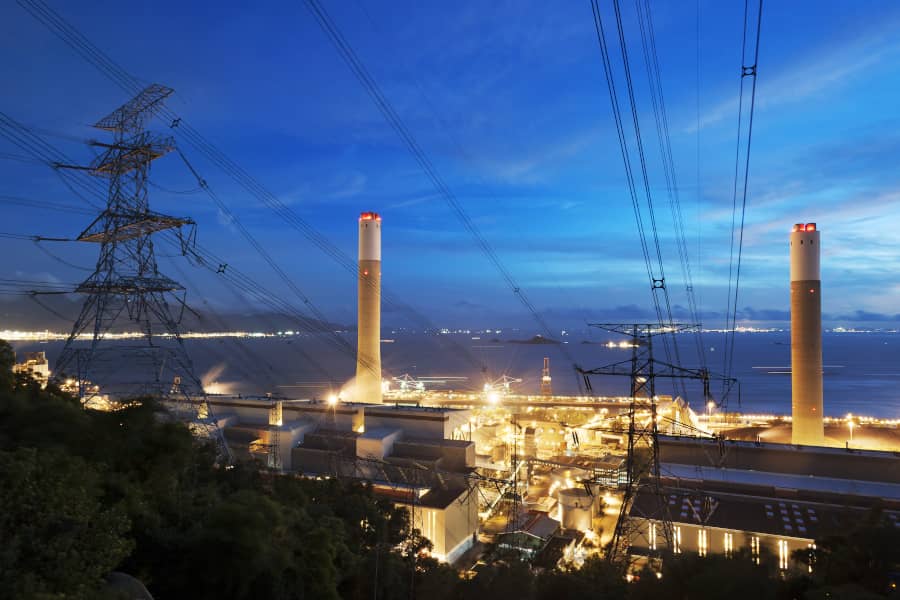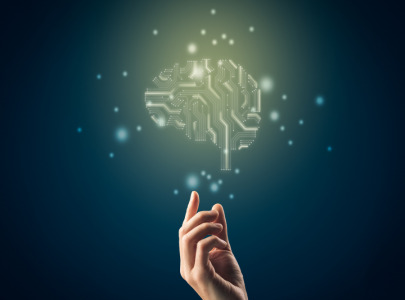GEUF: Data and digitalisation key to future stable electricity systems

Experts speaking at the Global Energy Utilities Forum (GEUF) focused on the digital technologies being adopted to stabilise grids and improve efficiency, the importance of accurate data collection and the increasing role of predictive maintenance in ensuring stable and efficient networks
With the integration of significant variable renewable energy resources into grids combined with a drive to increase flexibility and efficiency of electricity networks, grid operators are investing heavily in digitalising their infrastructure to ensure stable electricity supplies and reduce operating costs.
The focus of power distribution has changed from simple generation and delivery to consumption and intelligent grids which can save, store and redistribute power where and when it is needed.
During a panel discussion entitled “Grids of the Future”, experts focused on the digital technologies being adopted to stabilise grids and improve efficiency, the importance of accurate data collection and the increasing role of predictive maintenance in ensuring stable and efficient networks.
Yousuf Al Mahrooqi, Chief Distribution Officer (Acting) at the Muscat Electricity Distribution Company, spoke of changes in his business with many innovations on how utilities are leading their work and operating. “But we also have to provide the regulator with a good business case, balancing between what we are looking for in the future and the cost placed on customers,” he explained.
“It’s not just about moving very fast. What used to be a one-way communication to the customer has now changed, customers want to know things on the spot.”
He spoke of a need to deploy technologies for this, which brings about other challenges, such as cyber security. Too many connected devices could also lead to a point of losing control, while the stability of the grid is essential.
“With all this together, renewables come into the picture, customers start generating, you are also balancing the receiving end, not just sending,” he said. “Balancing that with the normal fossil fuel generation of gas-fired turbines becomes very hard. Distribution companies have to take that stability into consideration.”
From a technological perspective, Ahmed Fateen, Vice President in Power Systems (Gulf) at Schneider Electric, spoke of a need to keep the resilience of the network for all utilities to have uninterrupted operations. He mentioned the challenge of new energy sources to integrate them without affecting the resilience of the grid and the service level provided to customers.
“We need to remain efficient so that the cost benefit makes sense and allows investors to put money in,” he explained. “We have to do all this in a sustainable way because decarbonisation is our main challenge, and the electric generation is responsible for a big part of the decarbonisation we’re having.”
He said it was not only about the carbon emissions but also of the gases and the technology provided. Such challenges require a lot of technologies to support the implementation in solving the equation. “We have to add that the electrification demand is increasing, which adds load to the network,” he highlighted.
“Many technologies have emerged to manage these parameters, starting with ADMS (Advanced Distribution Management Systems), and smart metering, to help keep the resilience of the network under different conditions. We have all the tools today to help utilities run the assets they have in the network efficiently and effectively.”
According to Talal Eskandar, Senior Director VP Sales I Grid Software at GE Digital, the grid has changed and there is more pressure from decarbonisation and the penetration of renewables, which is impacting the transmission side as well. When looking at the full energy ecosystem, he spoke of a lot of interaction between all different IT and OT platforms.
“Here, technology is coming to the game,” he said. “Green operators and utilities will wake up one day and see there is a massive number of devices coming from batteries, chargers, and renewables, and these won’t be able to model their network on their own, they need technology to help them.”
Rui de Sousa, Principal – Industry and Value Advisory in Energy and Natural Resources MENA Region at SAP, mentioned the importance of data technologies, in terms of using advanced meter reading data to help operators in terms of opex and apex. Such technologies allow to predict and disaggregate the end user customer to understand and better forecast consumption. “It helps you make sense of everything coming from the more variable supply,” he explained. “It’s important in the long-term too because of the emergence of green technology and the move from consumer to prosumer.”
The second use case he expressed interest in focuses on using this vast amount of data for asset management. This would reduce cost, maintain the reliability of the system while improving the sustainable impact thanks to less activity, which means less consumables and a more environmental footprint. “If you use machine learning to fundamentally deconstruct the health and criticality of each individual asset, there is a tailored approach to each and every asset,” he said. “It’s a massive opportunity.”
Shaikh Sahid Hossain, SVP and Global Director at ETAP, said power is a necessity and today, we demand it safely, securely and in a cost-effective manner, all of which make up the current energy transition landscape, from electrification, decarbonisation, digitisation, safe application, and net zero.
“The landscape is changing and today, utilities are not just distribution and transmission,” he said. “It’s generation, transmission, distribution and micro grids. Hence, prediction of where we will be five years down the line is the key orientation and, in this process, what’s really important is the single source of truth, which converts everything into one unified power in a digital twin platform, which can solve challenges.”
He said digital twinning is an important aspect going forward to convert silos from planning, protection and distribution, in an integral manner which can solve this challenge and adapt to machine learning patterns.
Energy & Utilities - Middle East and Africa Market Outlook Report 2024.
This must-have report for industry players offers a thorough understanding of the latest developments, challenges, and opportunities in the region, supported by data, analysis, and expert insights.


.png)
.png)

